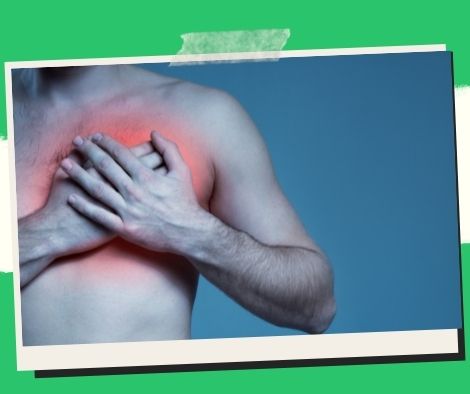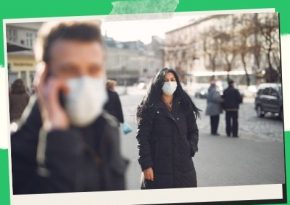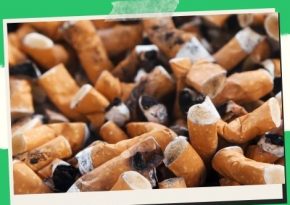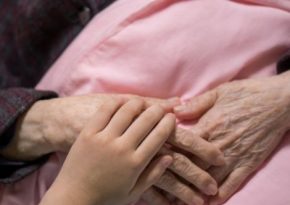
Heat-Related Illnesses in Teens
Heat related illnesses are induced owing to continuous exposure to heat and also humidity without any reprieve and due to poor intake of fluids. Kids and teens adjust to the fluctuations in temperatures compared to adults who adapt more quickly. However, the heat production is high in them as compared to adults but sweat relatively less. Sweating is the natural response of the body and a cooling mechanism to counter the heat. Kids and teens often neglect these facts and do not water themselves sufficiently when playing, participating in sports, and workouts.
Kids and teens with health problems that are chronic or those who are on specific prescriptions could be more prone to heat-related illnesses. Overweight teenagers or those who wear heavy clothing in times of effort also suffer heat-related disorders. Heat-related ailments are mainly categorized into three groups. They are Heat cramps, heatstroke, and heat exhaustion.
Heat cramps are the mildest of all temperature-related injuries and consist of agonizing muscle cramps and also spasms that occur after intensive exercising and also after strenuous exercising and also sweating in high heat. The symptoms of heat cramps include cramps that are unpleasant in the legs. Flushed and damp skin is also indications of heat cramps. The symptoms could also include moderate fever normally below 102 degrees Fahrenheit. Teens suffering from heat cramps should transfer to a cool spot and take appropriate rest. Remove any extra apparel and wear or place cool garments on skin or cool skin using an air conditioner or fan. Sports drinks that are chilly and which contain sugars and salts can also be taken. Stretching out constricted muscles slowly and methodically also helps decrease heat cramps.
On the other hand, heart fatigue is more dangerous and severe compared to heat cramps and occurs due to the heavy loss of salt and water from the body. Extreme hot conditions, inadequate hydration intake, and profuse sweating occur in these situations. Also, heat exhaustion develops as a result of the incapacity of the body to maintain the body temperature below normal which can deteriorate further and also result in a heat stroke which is even worse. The symptoms of heat exhaustion are muscle cramps, moist skin, pale skin, nausea, temperature above 102 degrees Fahrenheit, diarrhea, vomiting, lethargy, headache, weakness, anxiety, and faint feeling. Teens suffering from heat exhaustion should stay in cool surroundings and take ample rest. Removing superfluous clothing, putting on cold garments, and sitting in a fan or air conditioning also help the situation. Intake of cold sports drinks which contains salts and sugars are also helpful. If an adolescent doesn’t show any signs of improvement even after taking all these precautions a physician should be consulted promptly.
Heatstroke is the severest condition of all heat-related disorders. In this state, the body gets overloaded with excessive heat, and the efficiency of the system that controls body heat goes down dramatically which might result in a catastrophic emergency requiring rapid medical attention. The symptoms of heat stroke include dry and warm skin, very high fever often exceeding 104 degrees Fahrenheit, increased heart rate, appetite loss, nausea, headache, vomiting, lethargy, agitation, confusion, stupor, seizures, coma, and possible death. An adolescent experiencing signs of heatstroke should stay in a cool environment and receive appropriate rest. Heatstroke is a serious condition and emergency assistance should be sought by contacting 911. In the interim, the affected teenager should be made free of excessive garments and should be worn with cool clothes and also put cool water on the skin to lower the temperature. Placing ice packs in armpits also helps. Make the teenager drink cool drinks if the teenager is alert.
Heat strokes are very much preventable if certain precautions are taken like drinking adequate water during hot days, avoiding alcoholic and caffeine drinks, wearing light clothes, exercising in the cooler times of the day, wearing sunglasses and a hat, using an umbrella on a hot day, applying sun cream with an SPF of at least 15, etc.
Save/Share this story with QR CODE
Disclaimer
This article is for informational purposes only and does not constitute endorsement of any specific technologies or methodologies and financial advice or endorsement of any specific products or services.
📩 Need to get in touch?
Feel free to Email Us for comments, suggestions, reviews, or anything else.
We appreciate your reading. 😊Simple Ways To Say Thanks & Support Us:
1.) ❤️GIVE A TIP. Send a small donation thru Paypal😊❤️
Your DONATION will be used to fund and maintain NEXTGENDAY.com
Subscribers in the Philippines can make donations to mobile number 0917 906 3081, thru GCash.
3.) 🛒 BUY or SIGN UP to our AFFILIATE PARTNERS.
4.) 👍 Give this news article a THUMBS UP, and Leave a Comment (at Least Five Words).
AFFILIATE PARTNERS

World Class Nutritional Supplements - Buy Highest Quality Products, Purest Most Healthy Ingredients, Direct to your Door! Up to 90% OFF.
Join LiveGood Today - A company created to satisfy the world's most demanding leaders and entrepreneurs, with the best compensation plan today.



 Business Technology, Finance Technology & Information Technology
Business Technology, Finance Technology & Information Technology





